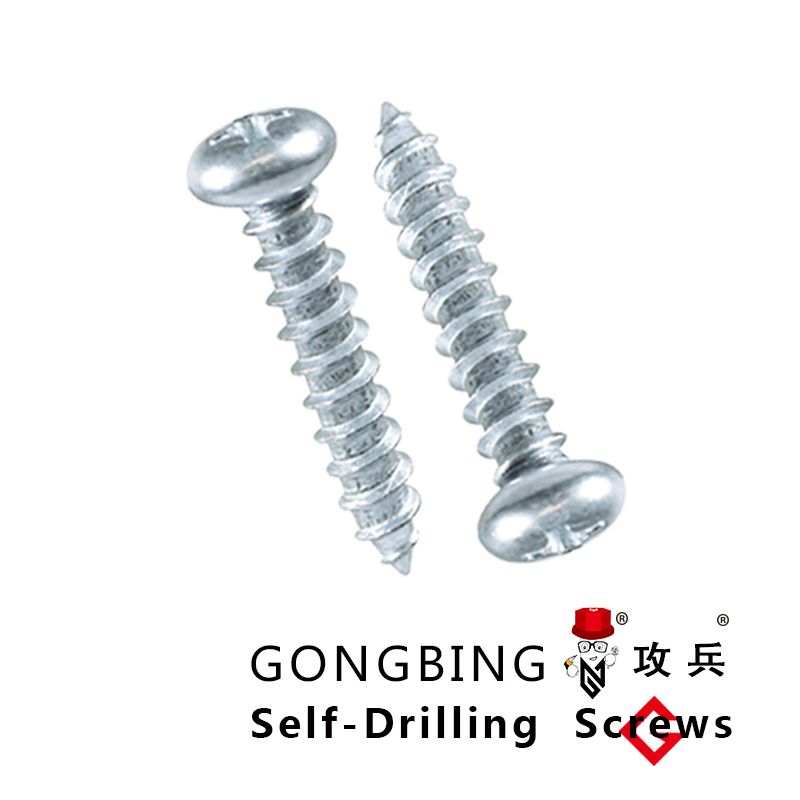Self-Drilling Screws for Sheetrock Installation and Repair Solutions
The Ultimate Guide to Self-Drilling Sheetrock Screws
When it comes to drywall installation, the tools and materials used can significantly impact the ease and quality of the job. Among the essential components of any drywall project are the screws, and self-drilling sheetrock screws have gained popularity for their efficiency and convenience. This article will explore the features, advantages, and best practices of using self-drilling sheetrock screws in your drywall projects.
What are Self-Drilling Sheetrock Screws?
Self-drilling sheetrock screws, also known as self-tapping screws, are designed to penetrate sheetrock and underlying framing materials without the need for pre-drilling. They are engineered with a sharp point and unique thread design that allows them to drill their own hole as they are driven into the material. This feature eliminates the hassle of using a drill to make pilot holes, saving time and effort during installation.
Benefits of Using Self-Drilling Screws
1. Time Efficiency Perhaps the most significant advantage of self-drilling screws is the time saved during installation. By eliminating the need for pre-drilled holes, contractors and DIY enthusiasts can complete projects much faster. This is particularly beneficial for larger jobs where numerous screws are required.
2. Consistency and Precision Self-drilling screws provide a consistent and precise fit, reducing the risk of cracks or damage to the sheetrock. Their sharp tips ensure a clean entry, which is particularly useful in preventing the drywall from crumbling or splitting.
3. Ease of Use These screws can be installed with just a power drill or an impact driver, making them easy to use for both professionals and amateurs. The fast and straightforward application process means that even individuals with minimal experience can achieve high-quality results.
4. Strong Hold Self-drilling screws are designed for maximum grip. Their threaded design allows them to hold tightly to the materials they penetrate, ensuring that the drywall remains securely attached to the stud or framing.
5. Versatility While primarily used for drywall, self-drilling screws can also be employed in various other materials, including wood, metal, and plastic. This versatility makes them an excellent addition to any toolbox.
Selecting the Right Self-Drilling Screws
Choosing the right self-drilling screws for your project depends on several factors, including thickness, length, and material compatibility. Here are some tips to help you make the best selection
self drilling sheetrock screws

- Length For standard 1/2-inch drywall, a screw length of 1 1/4 inches is typically sufficient. If you are working with thicker sheets or additional layers of drywall, consider a longer screw.
- Material Compatibility Ensure that the screws are compatible with the material you are using. For instance, if you're installing drywall onto metal studs, select screws specifically designed for that purpose.
- Coating Many self-drilling screws come with a corrosion-resistant coating. If your project is in a high-moisture area, opt for these coated screws to prevent rusting.
- Thread Design The thread design can vary between screws. Coarse threads are ideal for attaching drywall to wood studs, while fine threads are better suited for metal studs.
Best Practices for Installation
To achieve the best results when using self-drilling sheetrock screws, consider the following best practices
1. Use a Drill with Adjustable Torque This feature helps you control the depth of the screw penetration, preventing overdriving, which can damage the drywall.
2. Space Screws Properly For optimal support, space your screws approximately 12 to 16 inches apart along the studs. This spacing ensures that the drywall remains securely attached and reduces the risk of sagging.
3. Avoid Over-tightening While it can be tempting to drive screws in tightly, over-tightening can lead to problems such as paper tearing. Ensure that the screw head sits just below the surface of the drywall without breaking the paper.
4. Inspect Your Work After installation, visually inspect all screws to ensure they are flush and properly seated. Any visible screw heads can be covered with compound later, but it’s best to correct any issues immediately.
Conclusion
Self-drilling sheetrock screws are an invaluable asset in the toolbox of anyone undertaking drywall projects. Their time-saving features, ease of use, and strong holding capability make them a superior choice compared to traditional screws. By understanding their specifications and following best practices, you can ensure a successful and professional-looking installation. So the next time you venture into drywall work, consider reaching for self-drilling sheetrock screws to streamline your process and enhance your results.
-
Weatherproof Plastic Expansion Anchors for OutdoorNewsJun.06,2025
-
Sustainability in the Supply Chain: Eco-Friendly TEK Screws ProductionNewsJun.06,2025
-
Load-Bearing Capacity of External Insulation FixingsNewsJun.06,2025
-
Double Head Bolts: Enhancing Efficiency in Industrial MachineryNewsJun.06,2025
-
Corrosion Resistance in Chipboard Screws: Coatings for Wholesale DurabilityNewsJun.06,2025
-
Butterfly Toggle Bolts : Enhancing Structural ResilienceNewsJun.06,2025
